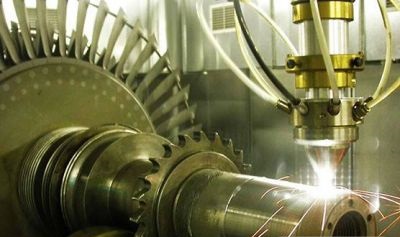The Use and Mechanism of Track Plug Valve

The use of track plug valve:
Track plug valve is suitable for pipelines of various working conditions such as petroleum, chemical, pharmaceutical, fertilizer, and electric power under the nominal pressure CLASS150-900LBS and working temperature of -29-180 °C. It is used to shut off or connect the pipeline medium.
The main structural features of the track plug valve:
1. During the process of opening and closing, the sealing surface of the sanitary valve body and the sealing surface of the vane are without any contact. So the sealing surface is without friction and wear and the valve has a long service life and small switching torque.
2. During maintenance, there’s no need to remove the valve from the pipeline. Instead, one only needs to open the bottom cover of the valve and replace a pair of vanes, which makes maintenance very convenient.
3. Valve body and plug are of full diameter. There’s no fluid resistance when the medium passes through the valve, overcoming the shortcomings of a reduced diameter valve.
4. The cavity of the valve body of the full diameter plug valve is plated with hard chrome, which makes the sealed area hard and smooth.
5. The elastic sealing on the vane is made of fluoro rubber and is molded into the groove of the vane surface. Fire-proof metal-to-metal sealing functions as a backing for elastic sealing.
6. The valve is with an automatic discharge device (optional). When the valve fully closes, it prevents the valve cavity from abnormal pressure-rising and checks the effect of the valve.
7. The switch indicator of the valve is synchronized with the position of the switch, which can accurately display the switch status of the gear-driven full diameter plug valve.
The mechanism of the track plug valve:
1. When the valve is in the fully open state, the channel of the plug is aligned with that of the valve body, ensuring the ideal minimum pressure drop.
2. When the hand wheel is turned, the plug will turn in the direction of the valve while driving the valve flap to rotate 90 degrees. When you keep turning the hand wheel, the plug will be pressed, making the valve open to both sides and the valve flap tightly pressed against the valve seat, closing the valve.
3. When the hand wheel is turned in the opposite direction, the plug will move up, causing the valve flap to move away from the valve seat. When you keep turning the hand wheel, the plug drives the valve flap to rotate 90 degrees. Eventually, the channel of the plug and the channel of the valve body is aligned, making the valve fully open.
4. The advantage of this valve is that during the process of opening, the valve flap and valve seat are detached. There’s zero friction during the switching process, which will not wear the sealing surface. And soft sealing is used, so there’s zero leakage when the sealing is closed.




